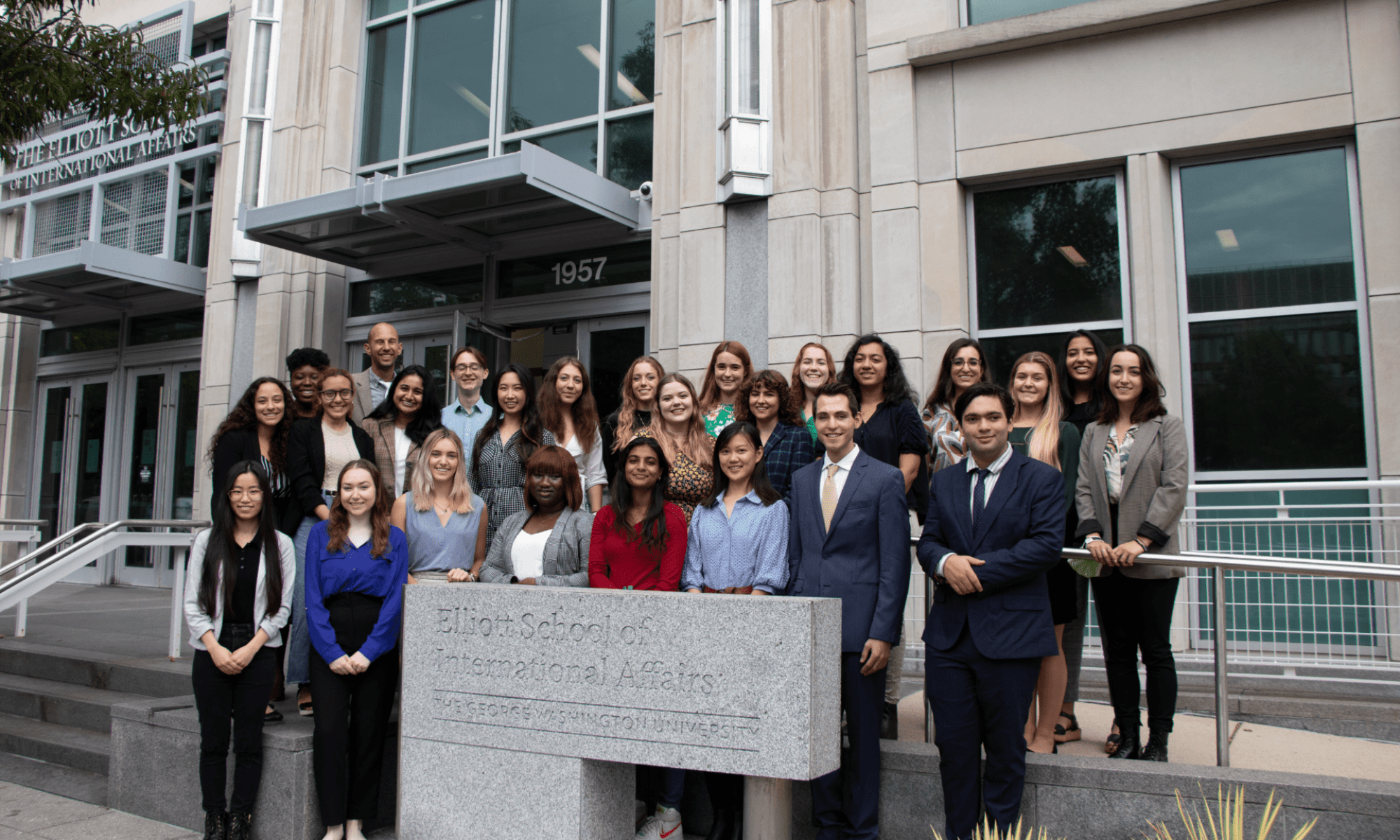Author: Steven Bernstein
Date Published: 14 December 2020
Map 1: The Taiwan Strait
Introduction
Taiwan faces an existential threat from the People’s Republic of China (PRC). The PRC views Taiwan as a renegade province subject to eventual “reunification,” by force if necessary. The Taiwan “liberation” campaign was etched into the fabric of the People’s Liberation Army (PLA) by Mao Zedong during the early days of the PRC. It defines the lives of its top-level officers, “providing their military service with purpose and value.” The PLA’s main strategic direction is to “prepare for conflict with Taiwan and to deal with US intervention in such a scenario.” In 2019, General Secretary Xi Jinping stated, “political division across the [Taiwan] strait… cannot be passed on from generation to generation.” The PRC is unwavering in its irredentist desire to achieve “national reunification” by ending seven decades of self-rule in Taiwan. Although this unresolved issue has lingered for decades, its relevance will only increase as the PRC’s standing rises in the world.
The future of Taiwan is not only pertinent to Greater China. Any conflict in the Taiwan Strait would ostensibly involve the US. The US government does not officially recognize PRC sovereignty over Taiwan and considers its status to be unresolved. The Taiwan Relations Act (TRA) neither guarantees nor relinquishes the ability of the US to intervene militarily in the event of a cross-Strait conflict. The TRA states, “The United States shall make available to Taiwan such defense articles and defense services in such quantity as may be necessary to enable Taiwan to maintain a sufficient self-defense capacity as determined by the President and the Congress.” Although the TRA is not as binding as a mutual defense treaty, it makes it clear that US intervention is possible, perhaps even likely, if the PRC uses force. In addition to the TRA, the US supports Taiwan for geostrategic reasons. The existence of a US-friendly regime in Taiwan is of immense strategic value considering its pivotal location adjacent to the PRC. Taiwan serves as an impediment, complicating PRC efforts to establish dominance over the Western Pacific.
Given Taiwan’s precarious security situation, it should not be surprising that its military has been planning for full-scale conflict with the PLA for decades. Taiwan’s prior conventional defense strategy and its current asymmetric strategy are well documented, but certain aspects are classified. In recent years, the implementation of cutting-edge technology, such as artificial intelligence (AI), revamped Taiwan’s defense strategy. The integration of AI into weapons and military operations is a global trend that will alter the way many future wars are fought.
In order to better grasp the significance of weaponized AI more broadly, consider the emphasis the US has placed on it. In 2014, the Obama Administration implemented the Third Offset Strategy. In general, offset strategies use technology to overcome the military advantages of adversaries. Its principles are twofold: to have the military technological might to win or deter war if necessary. One of the core objectives of the Third Offset Strategy is to cultivate the most advanced AI technologies and apply them extensively to weapons and military operations. For context, the First Offset Strategy was implemented by President Eisenhower to achieve technological superiority in nuclear weapons, and the Second Offset Strategy, initiated by President Ford, resulted in the creation of modern precision-guided munitions and the global positioning system (GPS). In the face of the rapidly advancing military technological capabilities of the PRC and Russia, the US is hedging its bets on weaponized AI. The Third Offset Strategy is not actually unique. Similar initiatives have been established around the world, including Taiwan.
The following sections will discuss the PRC’s war plan, Taiwan’s transition from a conventional defense strategy to an asymmetric strategy, as well as delve into Taiwan’s use of weaponized AI and its implications. In doing so, this paper will answer the following question: “In what ways will AI help Taiwan compel the PLA to fight a long-term conflict?” Lengthening the duration of the conflict is a strategic goal for Taiwan because if the US decides to intervene, its corresponding military actions may not occur instantly. Defense planners in Taiwan must prepare to fend for themselves in case US intervention is delayed or fails to materialize altogether. Aside from the prospect of US intervention, it would be advantageous for Taiwan to prolong the conflict because strong actors have lost nearly 64 percent of protracted asymmetric conflicts since 1950.
The scenario Taiwan faces is not entirely unique. It can be summed up in military terms as defending fortified beaches and other positions from amphibious landings. This project will contribute to the broader field by researching the role AI will play in such a defense scenario. This may be relevant to island-nations like Japan and the Philippines. Additionally, countries involved in the South China Sea (SCS) territorial disputes may be interested in using AI to mitigate the risk of having their islands overrun by the PLA.


